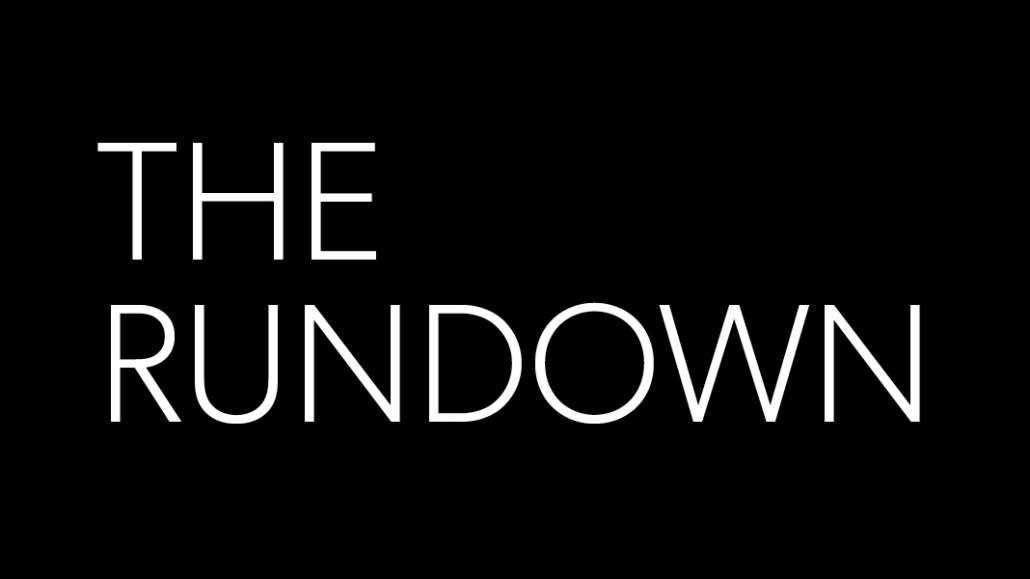
AT&T has for years been described as one of advertising’s fabled “sleeping giants.” Now that its $85 billion bid to acquire Time Warner has gotten the green light, we’ll find out if it’s true.
After announcing its intention to purchase Time Warner in 2016, AT&T chief executive Randall Stephenson has spent 18 months slowly ratcheting up his rhetoric around the combined entity’s ad capabilities, citing the combination of AT&T’s data and analytics with Time Warner’s content and ad inventory as a motivating factor for the deal.
“Think about what’s coming together here. Turner has an amazing inventory of advertising that they kind of sell broadly. It’s not a very targeted advertising approach,” said Stephenson onstage at the Code conference in California last month, drawing obvious comparisons with the mammoth targeted ad businesses Facebook and Google have each built in recent years.
That combination is a powerful one in theory, but stitching together the technology and infrastructure to deliver on Stephenson’s promise is no easy task, especially when legacy media and telecommunications companies are involved.
Enter Brian Lesser, whom AT&T hired from WPP last August to head up its data-driven ad efforts. Lesser’s role seemingly hinged on the completion of the Time Warner purchase, with Stephenson stating at the time that the deal’s approval would pave the way for “an automated advertising platform that can do for premium video and TV advertising what the search and social media companies have done for digital advertising.”
Lesser himself has been somewhat quiet since his appointment, leading ad execs to spend the past 10 months speculating about what he might do, how powerful AT&T’s data actually is and — perhaps more importantly — what he might buy.
“Once the deal goes through, Brian will be handed the checkbook. He’s had a year to figure out what he should buy,” one ad tech executive predicted in light of the merger’s approval.
Ad position: web_incontent_pos1
“There’s no lack of vision there, and there are plenty of targets out there at good prices that could prove useful for AT&T,” said another.
We’ve heard this logic before, of course. Verizon cited its ability to better compete with online ad giants Google and Facebook when it acquired AOL in 2015, but ad buyers say the company hasn’t exactly cracked the code yet.
And regulatory and consumer concerns around behavioral tracking and data collection aren’t getting any quieter, of course, especially in light of the General Data Protection Regulation in Europe and recent concerns around data security on platforms such as Facebook.
But online ad execs believe AT&T is serious about the potential of its ad business and ready to put its money where its mouth is. With the Time Warner purchase out of the way, the question becomes: What’s next on the shopping list?
More in Marketing

In the marketing world, anime is following in the footsteps of gaming
As marketers look to take advantage of anime’s entry into the zeitgeist, they might be wise to observe the parallels between the evolution of anime as a marketing channel and the ways brands have learned to better leverage gaming in recent years.

With the introduction of video ads and e-commerce, Roblox looks to attain platform status
Roblox is expanding into more areas than just ads in 2024. Much like platforms such as Amazon and Facebook have transcended their origins to evolve from their origins as online marketplaces and social media channels, Roblox is in the midst of a transformation into a platform for all elements of users’ virtual lives.

PepsiCo wants to remain a ‘driver of culture’ as it turns to influencers and activations amid rebrand
The soda-maker says it can translate cultural relevance into sales volume.
Ad position: web_bfu